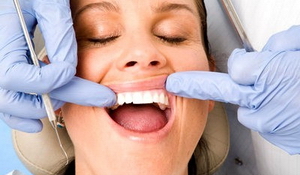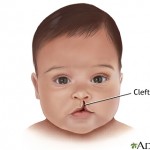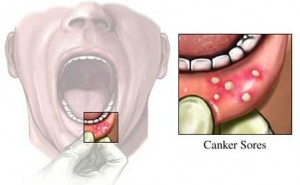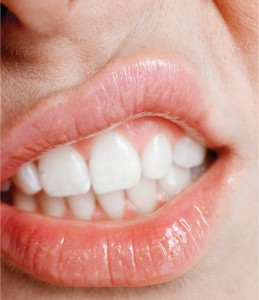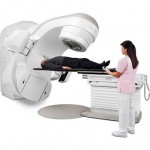Receding gums, or known dentally as gingival recession, is a common problem in adults but may occur in the younger age group as well. The loss of gum tissue that leads to exposure of the roots of the teeth may exist with or without an accompanying decrease in the height of the jaw bone. Continue reading
Category Archives: Oral Care
Cleft lip and palate (part 1)
Cleft lip and cleft palate are birth defects affecting the mid facial region. Patients with cleft lip might have a small notch on the lip or a wide opening which involves the lip and the palate ( the roof of your mouth) The exact cause of cleft lip/palate is unknown but it is believed that genetic, usage of certain drugs during pregnancy, viruses, toxins are the causative factors of cleft lip and palate. Continue reading
Recurrent Aphthous Stomatitis (RAS) Part 2
Continued from Part 1
How is recurrent aphthous stomatitis diagnosed?
Diagnosis of recurrent aphthous stomatitis is based on the history and clinical features, as no specific tests are available. Biopsy is rarely indicted and is only usually needed where a different diagnosis is suspected. However to exclude the systemic disorders, it is useful to undertake investigations on blood (for example full blood picture) and serum (for example ferritin levels and vitamin B12 measurements). Continue reading
Dental anomalies among children
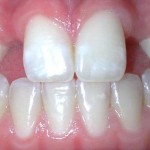 1)Â Â Â Â Â HYPODONTIA :
1)Â Â Â Â Â HYPODONTIA :
A dental condition where by the patient has missing teeth as a result of their failure of development. The most common missing tooth is the third molars, or known as wisdom tooth.  Hypodontia can be due to genetic or environmental factors.  It is been reported in association with low birth weight, increased maternal age and etc. Continue reading
Recurrent Aphthous Stomatitis (RAS) Part 1
Although a variety of mouth ulcers may recur, for example those associated with mechanical trauma and skin disease; there is a group of ulcers that arise due to unknown causes whose natural history is characterized by frequent recurrences over a number of years. It is to this group that the collective term recurrent aphthous stomatitis (RAS) is applied. Continue reading
Chrome cobalt dentures – Q & A
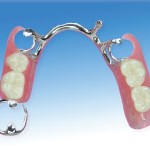 What is chrome cobalt denture?
What is chrome cobalt denture?
Chrome cobalt dentures are dentures made from cast cobalt chrome framework/base. They are made of a type of allow which consists of cobalt, chrome, chromium (which is added to prevent corrosion). Continue reading
RADIATION THERAPY AND DENTISTRY PART I
Using of ionizing radiation to kill cancer cells.
How does radiotherapy work?
Radiation therapy kills cells by interacting with the water molecules which are present in our cell. Charged molecules will be produced and distrupt the biochemical process of our cells. (DNA is damaged) Continue reading
Dental management of Cerebral palsy patients
What is cerebral palsy disorder?
Cerebal palsy is a group of disorders that affect a person’s ability to maintain his posture and movement. Continue reading
Bone Defects and Furcation Involvement Part 2
Continued from Part 1
Diagnosis and treatment planning for bone defects and furcation involvement
 Careful radiographic or x-ray examination is done but it may not reveal the presence of a bone defect or its precise morphology.
Careful radiographic or x-ray examination is done but it may not reveal the presence of a bone defect or its precise morphology.
Direct examination of bone morphology:
- Lift a full thickness mucoperiosteal flap
- Granulations are curetted and root surfaces planed clean
- Alveolar crest examined, morphology of bone defect can be defined
- Mode of treatment decided Continue reading
Neonatal teeth
 WHAT ARE NEONATAL AND NATAL TEETH?
WHAT ARE NEONATAL AND NATAL TEETH?
Natal teeth are teeth which are present in the oral cavity at the time of birth where as neonatal teeth erupt during 30 days of life. Primary tooth normally starts erupting at about 6 months of age. Natal teeth might resemble normal primary teeth in terms of size and shape. However, they can be smaller, yellowish and root formation of the teeth may not be completed/total absence during the time of eruption. This lack of root development can cause  mobility of the neonatal tooth. Continue reading
